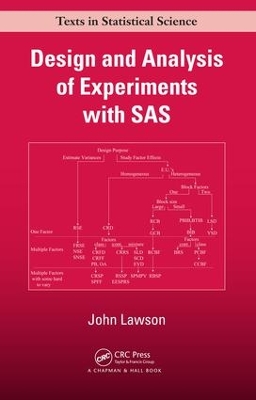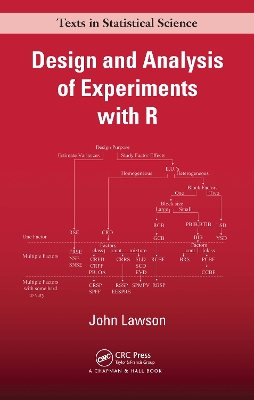Chapman & Hall/CRC Texts in Statistical Science
2 total works
Design and Analysis of Experiments with R presents a unified treatment of experimental designs and design concepts commonly used in practice. It connects the objectives of research to the type of experimental design required, describes the process of creating the design and collecting the data, shows how to perform the proper analysis of the data, and illustrates the interpretation of results.
Drawing on his many years of working in the pharmaceutical, agricultural, industrial chemicals, and machinery industries, the author teaches students how to:
- Make an appropriate design choice based on the objectives of a research project
- Create a design and perform an experiment
- Interpret the results of computer data analysis
The book emphasizes the connection among the experimental units, the way treatments are randomized to experimental units, and the proper error term for data analysis. R code is used to create and analyze all the example experiments. The code examples from the text are available for download on the author's website, enabling students to duplicate all the designs and data analysis.
Intended for a one-semester or two-quarter course on experimental design, this text covers classical ideas in experimental design as well as the latest research topics. It gives students practical guidance on using R to analyze experimental data.

